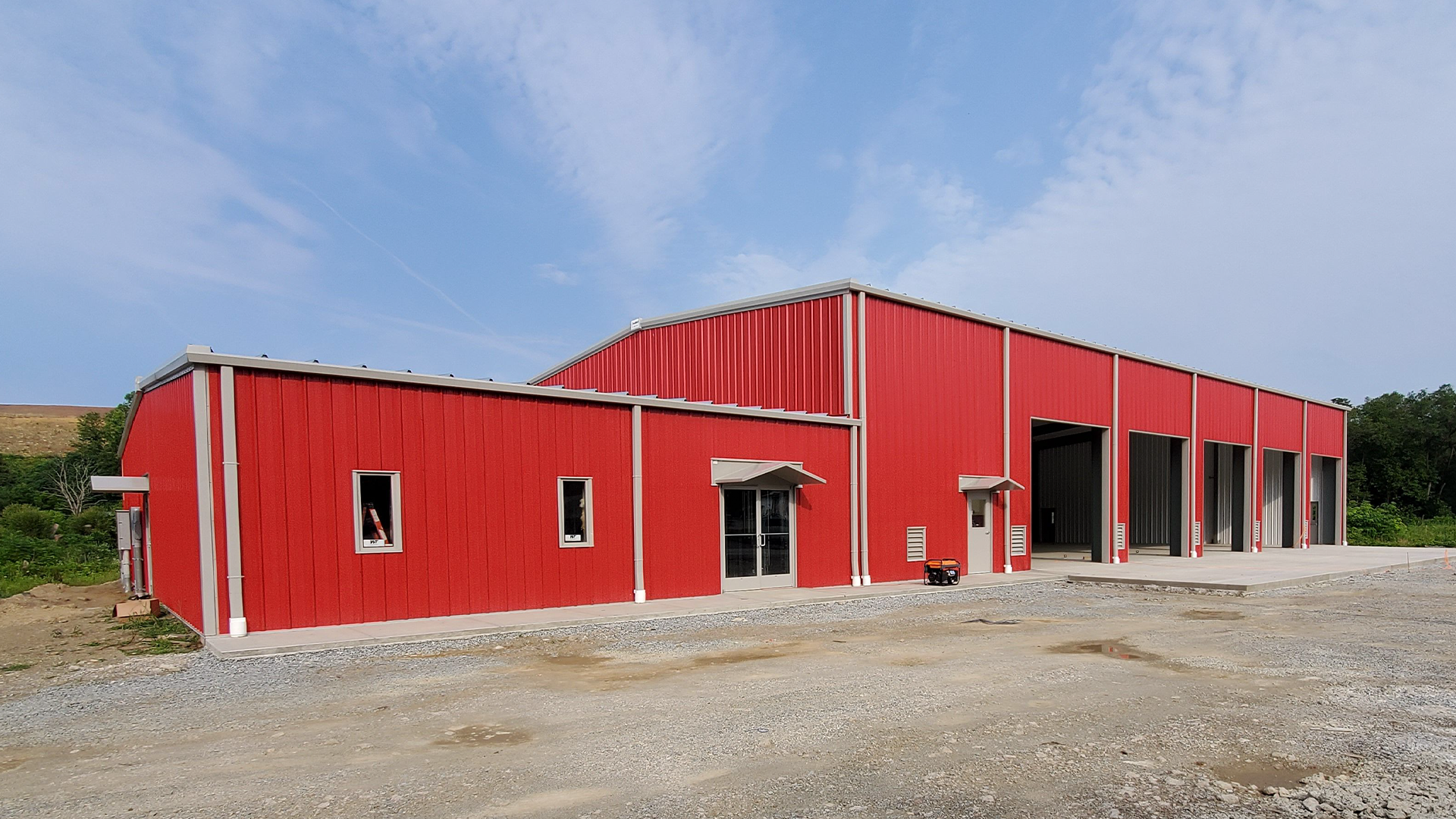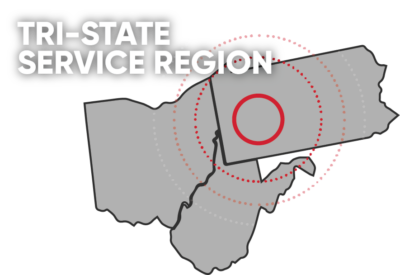Steel Built for the Unexpected
Why Durability Matters in Modern Construction
Today’s buildings need to do more than just look good. With rising climate volatility and stricter building codes, developers are prioritizing materials that offer long-term performance, low maintenance, and maximum protection.
Traditional materials like wood or brick can deteriorate over time, requiring costly repairs and posing safety risks. Steel offers a better alternative by delivering strength without the vulnerabilities—especially in areas prone to natural disasters or harsh weather conditions.
Fire Resistance: Built to Withstand the Heat
Fire is one of the most devastating threats to any building. But while wood burns and concrete can crack under extreme heat, steel remains non-combustible—meaning it won’t ignite, feed flames, or contribute to the spread of fire.
Why Steel Wins
- Steel doesn’t burn, making it an ideal fire barrier.
- PEMBs can be designed to meet or exceed local fire codes.
- Fire-resistant coatings can be added for even greater protection.
This makes steel an especially valuable choice for storage facilities, manufacturing plants, or any commercial structure that must meet high fire safety standards.
Wind Resistance: Strong Against the Storm
Steel buildings are engineered to withstand high wind speeds, which is critical in areas affected by hurricanes, tornadoes, or intense storms.
Pre-engineered steel systems include rigid frame structures, reinforced connections, and anchored foundations designed to handle uplift and lateral pressure. These features help prevent structural failure even during the most extreme wind events.
Many steel buildings are designed to meet regional wind load requirements, which vary depending on location—but all prioritize structural integrity as a first line of defense.
Snow and Ice: No Problem for PEMBs
Heavy snow loads can cause traditional roofs to sag or collapse. Steel buildings, on the other hand, are engineered to support specific snow loads based on your region’s climate.
Sloped metal roofing allows snow and ice to slide off naturally, reducing buildup and structural stress. Combined with durable coatings that resist corrosion, PEMBs are well-equipped to handle even the harshest winter conditions.
Moisture and Mold Resistance
Moisture is the silent destroyer of many traditional building materials. It can warp wood, weaken concrete, and promote mold growth—all of which reduce a building’s structural integrity and indoor air quality.
Steel Is Naturally Resistant To
- Warping and swelling from humidity
- Mold and mildew
- Rot and water damage
With properly sealed joints, vapor barriers, and drainage systems, metal buildings keep moisture out—and performance in.
Earthquake Resilience: Flexibility and Strength
In seismic zones, flexibility is just as important as strength. Steel buildings perform exceptionally well during earthquakes due to their ability to bend without breaking.
Their lighter weight reduces the impact of seismic forces, and their ductile framing systems help absorb ground movement—making steel one of the safest construction materials in earthquake-prone areas.
Long-Term Maintenance Benefits
What makes steel even more attractive is its ability to hold up with minimal maintenance over time. Unlike wood or masonry, which require repainting, pest control, and structural reinforcement, steel buildings:
- Resist pests like termites or rodents
- Don’t suffer from rot or decay
- Maintain roof and wall strength with minimal touch ups
This long-lasting resilience reduces repair costs and extends the life of the building—making it a smart investment for any business.
Applications That Demand Weatherproof & Fireproof Design
Some of the most common industries relying on fire- and weather-resistant steel buildings include:
- Self-storage facilities
- Warehouses and logistics centers
- Agricultural and food storage
- Retail spaces in coastal or fire-prone areas
- Government and municipal buildings
- Medical clinics and community shelters
When safety and uptime are top priorities, steel offers unmatched peace of mind.
Future-Proofing Your Investment
In a world where extreme weather events are becoming more frequent, future-proofing your building is no longer optional—it’s essential. Investing in a fire-resistant, weather-tough steel structure doesn’t just protect your property—it protects your business continuity, your employees, and your customers.
The durability and strength of steel ensures that even when the unexpected happens, your structure stays standing.
Strength That Lasts Starts with Steel
When it comes to resilience, steel simply performs better. From fire resistance to superior weather protection, metal buildings provide the strength and safety today’s businesses need—without compromising on design or function.
Protect What Matters with Red Direct! Need a structure that stands up to nature’s worst? 🌪️🔥 Red Direct delivers fire-resistant, weatherproof steel buildings designed to meet the toughest demands. Whether you’re building in a high-wind zone or a fire-prone region, we’ll help you create a space that’s strong, smart, and built to last. Contact us today to get started! 🏗️📦


